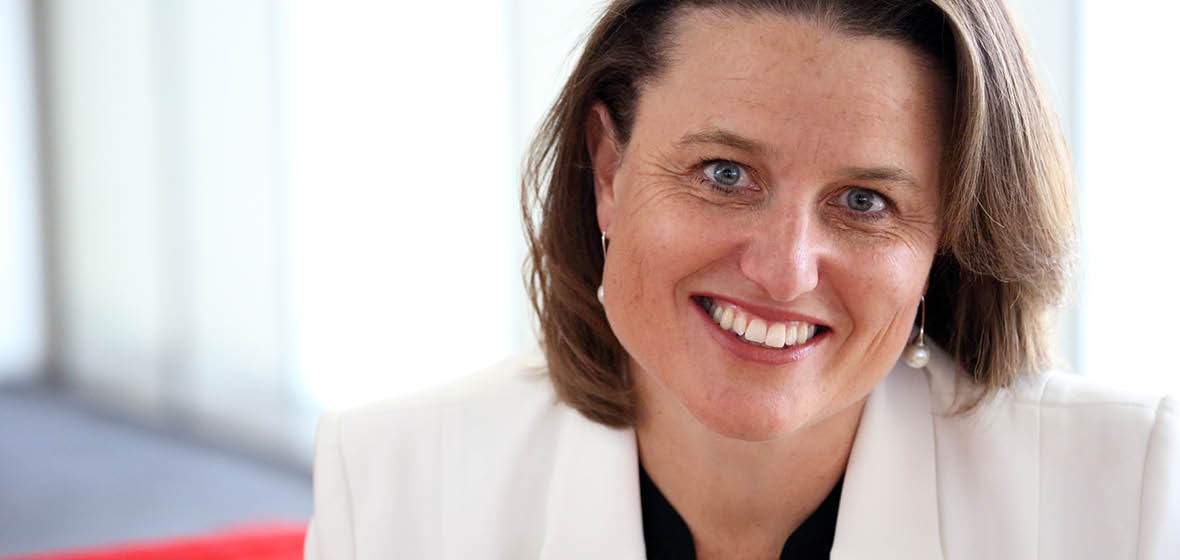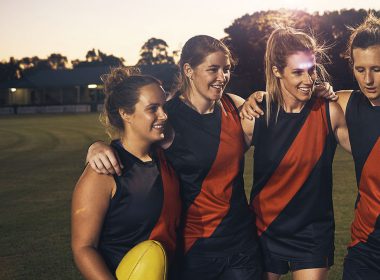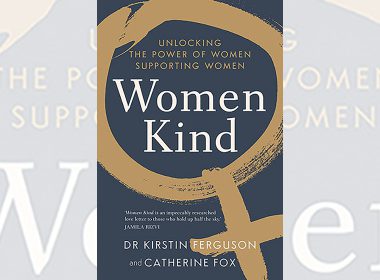My eyes took more than 20 years in the workplace to open to the gender inequalities around me. I spent most of those years working in male-dominated environments, hoping no one realised I was female at all.
This strategy of ignoring my gender, or trying to, had been my modus operandi for much of my adult life. The career successes I experienced reinforced for me that this approach is what would lead to opportunities and promotions. I assumed the challenges other women faced resulted from their individual circumstances or choices. And I avoided being part of women’s networks for fear it would blow my cover.
Looking back, I can see that I was yet to experience the “Four Stages of Gender Awareness”, an idea first developed by Woolworths and Australia Post board director Holly Kramer. I have experienced each of these phases in my career and it is interesting to watch other men and women at various stages on the same journey.
Stage one: blissful oblivion
The first stage is where you are unaware of any gender imbalance at work. Young women at the beginnings of their careers who have no sense yet that they may one day experience gender discrimination. Many employees of both genders simply cannot fathom that there could be a gender pay gap. And even when women at this stage experience obvious gender discrepancies, they either don’t see or choose not to see what is going on.
I remember being at ADFA as one of only a handful of women and observing what I now know to be overt gender discrimination. At the time I could not recognise it as being anything other than “the way things were”.
Stage two: denial
The second stage is one of denial where women and men are still not convinced biases exist against women. They feel that if problems arise, it isn’t due to systemic gender barriers but due to the woman herself. Researchers in the Netherlands have suggested that this denial of gender-related discrimination is a common response to cope with working in tough, male-dominated environments in which gender is seen as a liability.
For me, this was a period when I was working in a law firm and seeing women not being promoted to partner – for example, because they were going on maternity leave or had just had a baby. I remember thinking (naively), “Well, I guess that makes sense, they have not been in the office as much.” Looking back, it didn’t make sense at all. At that stage I really did not understand or appreciate the deep systemic gender barriers at play.
Stage three: awakening
The third stage is one of realisation – when you start to notice real and undeniable barriers confronting women. Where women are invited to leadership teams but not given a full seat at the table. Or where you notice a woman’s contribution in a meeting being ignored but a male colleague recognised for saying the same thing.
This stage hit me with rude shock once I joined boards. I noticed all-male executive teams even though I knew there were terrific senior women in the organisation. I noticed male and female peers not being paid the same. I started to join women’s networks like Chief Executive Women and tentatively began to try and understand the rationale behind these issues. But at this stage, while I found I was able to advocate for myself, I had not yet found the confidence to advocate for others.
Stage four (ongoing): advocacy
The fourth stage is one Holly Kramer describes as one of advocacy – a stage I found myself thrust upon when I first had the courage to start tweeting on #CelebratingWomen. This is the stage where women and – importantly – some men recognise gender discrimination does exist and that it is due to systemic gender barriers rather the women themselves that need “fixing”.
At this point, you become obsessed with understanding why gender barriers exist and how to break them down. It is also often a point when you may have reached a level of seniority in an organisation where you have both the ability and the sense of responsibility to make a difference for others.
For me, the advocacy stage is ongoing – until such time as we can achieve 50/50 gender balance in workplaces and on boards. This may not be in my lifetime. But as a white, educated woman of privilege, I know I play an important role in ensuring that women’s voices are being celebrated and heard.
Just as we have become well trained in recognising – and rejecting – all-male panels or an all-male executive teams, we need to work hard to ensure that the women’s voices we hear represent true diversity through all its lenses. This is something we as leaders in our organisations and communities – whether men or women – need to commit to doing better.
Kirstin Ferguson is an author, keynote speaker and independent non-executive company director. She sits on a range of ASX and private company boards, is the Deputy Chair of the Australian Broadcasting Corporation (ABC) Board and the founder of the viral #CelebratingWomen social media movement. In 2018, she co-authored the book Women Kind with Walkley Award-winning journalist Catherine Fox.




